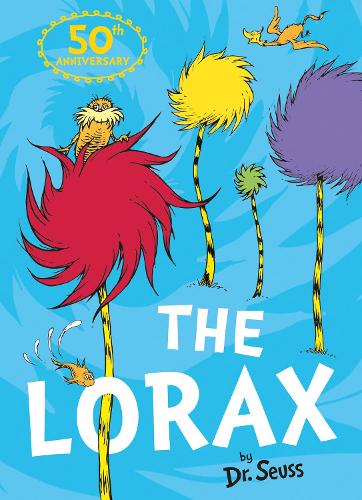For our joint English/HASS Unit this term, our year four
students will be looking at including themes of sustainability in narrative
texts and writing their own texts with themes of sustainability. Using the
below outcomes from the Australian Curriculum: HASS Key learning area, in the Knowledge
and Understanding strand, Geography sub-strand (Australian Curriculum,
Assessment and Reporting Authority [ACARA], 2016b) as guiding points for this
unit, we will be looking at what makes an environment and how humans are
sustainably and unsustainably using resources found in environments.
Figure 1: Australian Curriculum: HASS - Geography
outcomes (ACARA, 2016b)
In line with the outcomes of the English Key Learning Area
(KLA) of the Australian Curriculum (Australian Curriculum, Assessment and
Reporting Authority [ACARA], 2016a), students will be looking at a number of
different aspects of this KLA, to develop skills in planning, drafting and
publishing narrative, as well as using Information and Communication Technology
to create their final works.
Figure 2: Australian Curriculum: English outcomes (ACARA,
2016a)
To engage the students in this task, we will be using the Dr
Seuss story, The Lorax as our main example of a text relating to
sustainability. The Lorax, while written in 1971, is a story told from the
perspective of a creature, the Once-ler, that used all of the Truffala trees in
existence, because they made the softest Thneeds.
Figure 3: The Lorax (1971)
We will analyse the structure of this narrative text,
building upon knowledge developed in previous years of schooling (ACARA, 2016a).
Using the knowledge that the students have developed in year 3, specifically
their understanding of the different text types structures, students will plan
their story using narrative structure as such as that shown below:
Figure 4: Plot Sequencing for narrative writing (Teach
Starter, 2017)
The stories that the children plan will show how the overuse
of a particular natural resource will cause problems for the habitat that it
creates and instead of the habitat no longer existing, students will need to
suggest a solution and how it will resolve the problem.
Students will need to produce a plan an entertaining but informative story that is well researched, with relevant pictures for this unit and
will therefore be completing some parts of this task at home in the place of
homework. To support your children, we ask that you provide them with the
technology or supplies required to create their story books, as well as any
assistance that they need. This may include a computer or tablet device, art supplies or simply assistance. The aspect that students have struggled with in past
years is the choice of a real environment that has resources being overused. It
has commonly occurred that students create a fictional environment with little
to no relevance to any real-world problems. Students also fail to include a
potential solution for their chosen issue and use The Lorax’s ending. Given that there will be a portion of this task being completed at home, assistance may be requested in steering your child in the right direction. It is hoped
that upon completion of this task that students will use the knowledge that
they develop and take action in their own lives to sustain resources.
Word count: 499
References
Australian
Curriculum Assessment and Reporting Authority [ACARA]. (2016a). The Australian Curriculum: English
(Version 8.3), Year 3-4. Retrieved from https://www.australiancurriculum.edu.au/f-10-curriculum/english/
Australian
Curriculum Assessment and Reporting Authority [ACARA]. (2016b). The Australian Curriculum: HASS (Version
8.3), Year 4. Retrieved from https://www.australiancurriculum.edu.au/f-10-curriculum/humanities-and-social-sciences/hass/
Seuss, D.
(1971). The Lorax. New York: Random House.
Teach
Starter. (2017). Narrative Plot Structure Diagram. (2nd ed.). Ashgrove,
Queensland. Retrieved from
https://www.teachstarter.com/teaching-resource/narrative-plot-structure-diagram-version-2/














